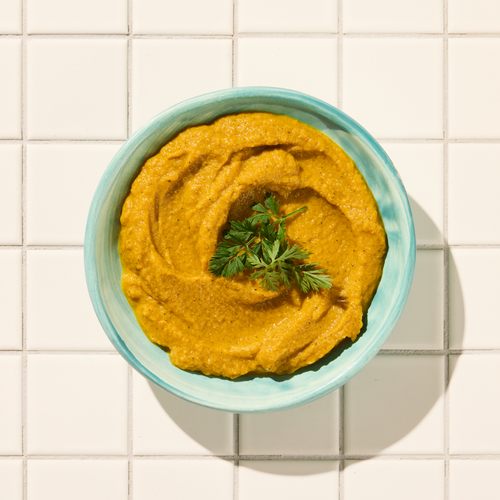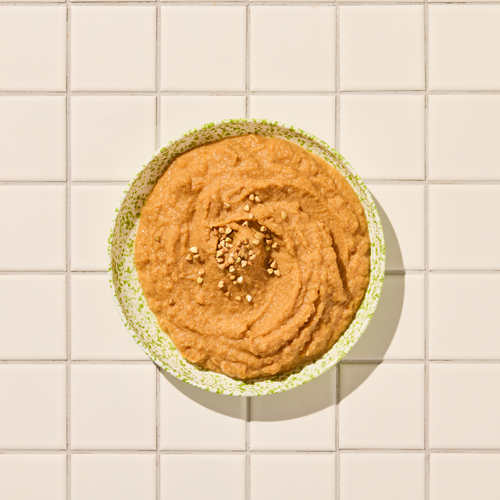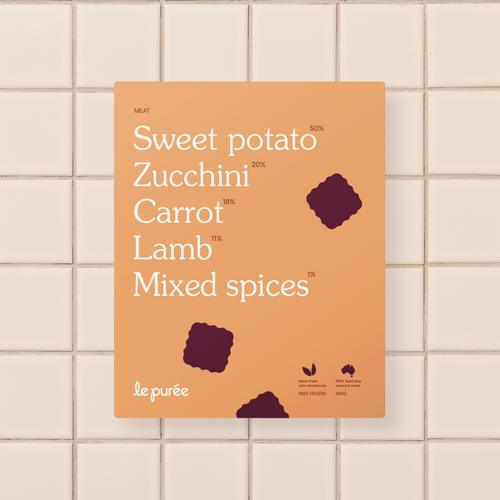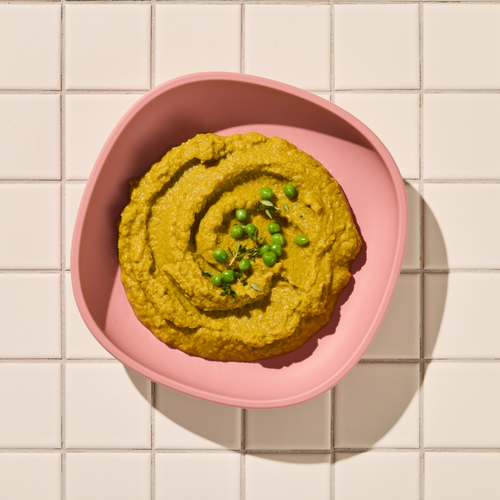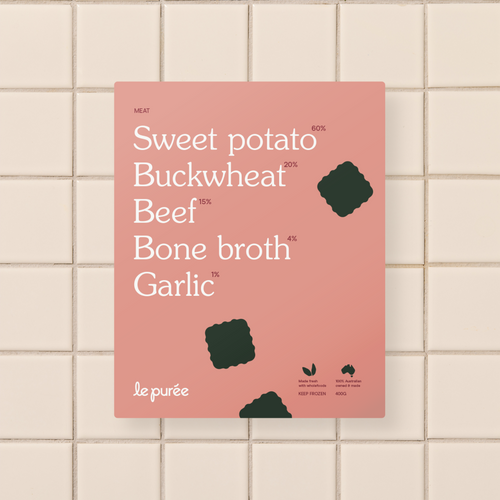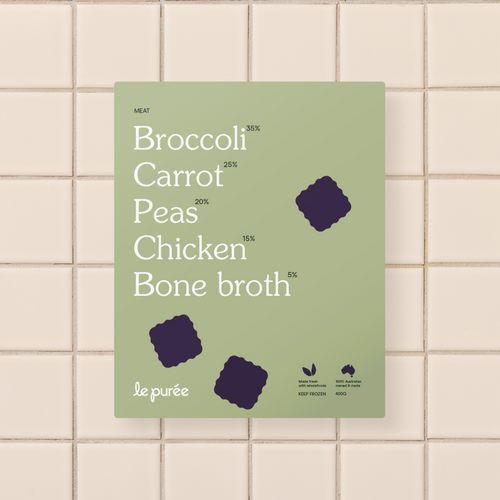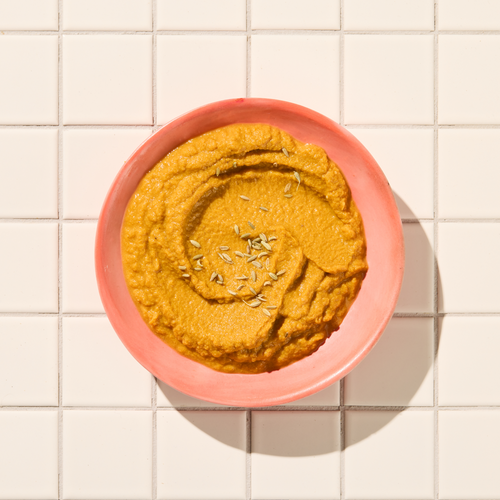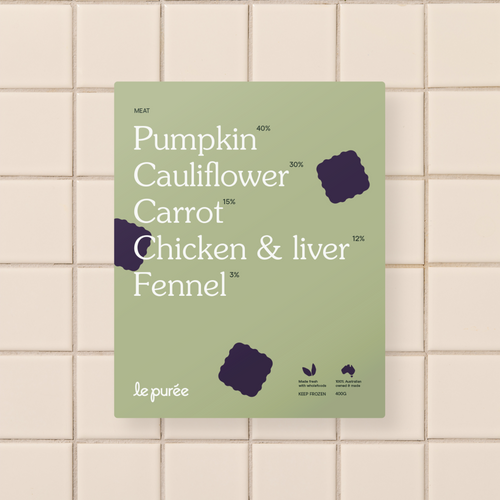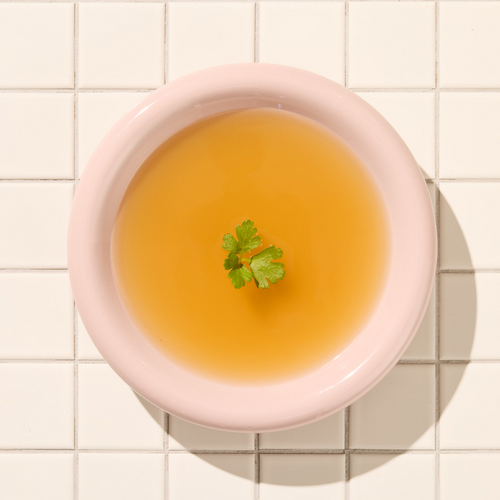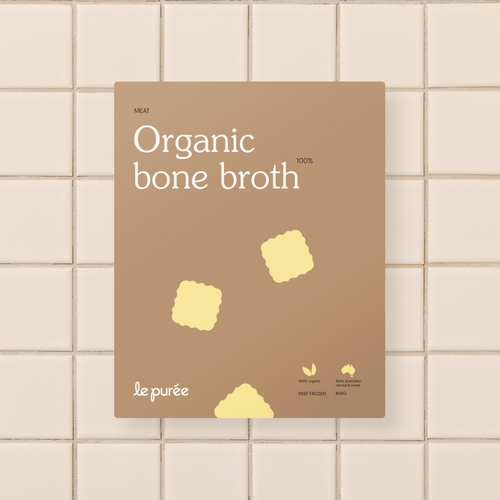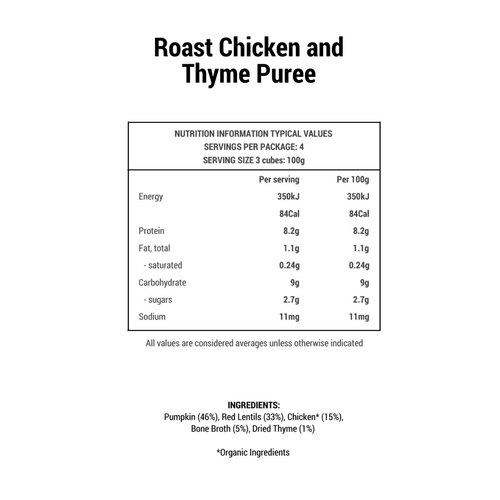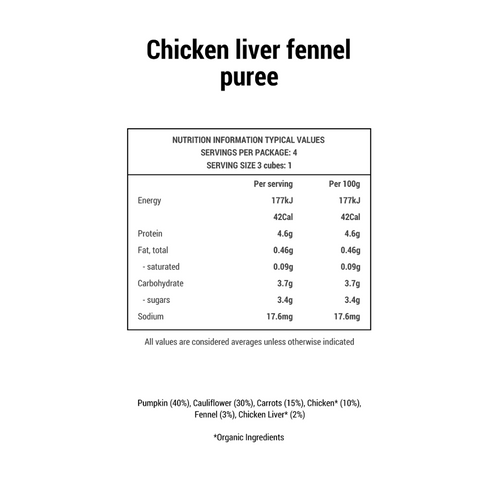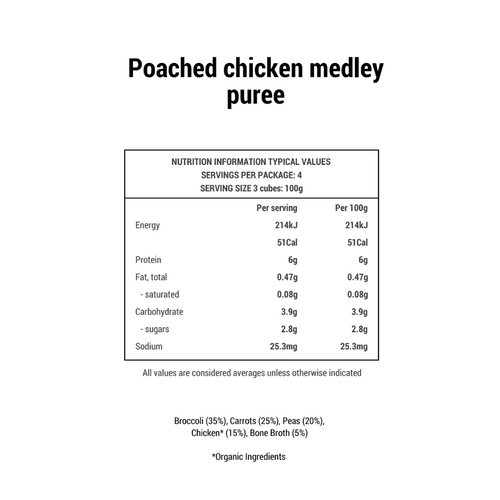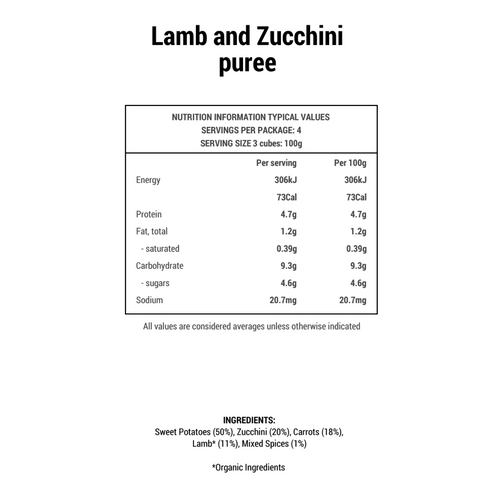WRITTEN BY: RENEE JENNINGS, ACCREDITED PRACTICING DIETITIAN
Did you know that kangaroo meat contains more iron than beef and lamb?
In fact, it contains more than double (and triple that of chicken or pork)! This is particularly important for pregnant women and babies who have such high iron needs. But where do you start when it comes to buying and cooking kangaroo? And apart from iron, what are the other nutritional benefits?
Buying kangaroo meat
Kangaroo meat is becoming increasingly available in Australian supermarkets, butchers and restaurants. You can now buy anything from kangaroo steaks, to fillets, sausages, rissoles, kebabs, mince and tail.
How do I prepare it for babies?
For babies under 12 months old, it's best to opt for unprocessed kangaroo products such as mince, steak/fillets and tail. Avoid sausages or premade products that are high in salt and could be a choking hazard.

MINCE
Kangaroo mince can be used in the same way you would use beef mince (or any mince). Use it to make Bolognese, Mexican mince, lasagne, burger patties, meatloaf, koftas etc.
Puree - Blend saucy mince dishes as they are, or add some bone broth or breastmilk to patties/meatloaf/kofta
BLW - Slice koftas or burger patties into finger size portions and serve as finger food. You can also use Bolognese sauce as a "dip" for whole wheat pasta or roasted vegetables.

STEAK/FILLET
Kangaroo steak and fillets are easy to cook on the BBQ or grill. They can sometimes be a little bit tough, so try marinating them first (simply add olive oil and garlic and leave for a few hours or overnight) and make sure you don't overcook them.
Puree - Blend cooked meat with bone broth or breastmilk until a smooth consistency
BLW - Slice the meat into finger size portions and offer as finger food
TAIL
Kangaroo tail is best slow cooked (it is very similar to oxtail). A simple way to slow cook the tail is by simmering it in bone broth and vegetables. The meat will be very tender and literally fall off the bone.
Puree - Pull the meat off the bone and blend it with some of the liquid and vegetables
BLW - Offer the soft meat as finger food
Nutritional benefits of kangaroo meat
Kangaroo is rich in many nutrients, but iron is by far the stand out. Iron is particularly important for babies, as they have very high iron requirements. Iron is important for many functions in the body including the formation of red blood cells, transportation of oxygen, providing energy, psychomotor development in infants, cognitive function, immune function and more.
As well as iron, kangaroo meat is rich in protein, vitamin B12 and other minerals such as zinc. It also contains long chain omega-3 fatty acids (DHA and EPA) which play an essential role in brain development and heart health. Being a wild caught meat, it may be better for your health than other meats as you can be sure there are no added growth hormones, antibiotics or chemicals.
Breaking it down
Let's look at how kangaroo meat compares to other meats. As you can see, it is pretty similar to other red meats (beef and lamb) with the exception of iron which is much higher.
Per 100g of raw mince
|
|
Iron |
Zinc |
Protein |
Omega-3 fats |
Vitamin B12 |
|
Kangaroo |
3.4 mg |
2.3 mg |
21 g |
50 mg |
1.9 mcg |
|
Beef |
1.45 mg |
2.0 mg |
22 g |
30 mg |
1.8 mcg |
|
Lamb |
1.77 mg |
3.7 mg |
20 g |
30 mg |
1.7 mcg |
|
Chicken |
0.7 mg |
1.5 mg |
19 g |
30 mg |
0.7 mcg |
|
Pork |
0.93 mg |
2.2 mg |
19 g |
40 mg |
0.5 mcg |
Analysis using FoodWorks.online











